Transcript: Hi, my name is Hadar and I’m here to share with you a spiritual practice within Judaism around embodied prayer. I think a lot of times, people go to synagogue and have this experience that Judaism can be very intellectual-based, or very word-based, or not a lot of movement. And the truth is that, there’s actually a really rich tradition within Judaism around embodied prayer and embodied practice.
I want to share a little bit with you about jewish prostrations. Its this practice that I’ve discovered a couple years ago that has been really touching for me, and I’ve been slowly learning more and more about it. And prostration is really when – it refers to kind of the bend of the knee, and kneeling down, and humility, and in service of divinity. So nowadays, we still have the short small bend in the knee, but a lot of communities do full prostrations where you’re fully surrendering and lying down on the floor for high holidays, that’s a pretty common practice. But it actually used to be pretty common to do throughout the year. The bible talks about how it has this imagery of whenever a character encounters God in an unexpected way, the first thing they do is fall on their face, pol halpanav, it says, and that I understand to be kind of this form of prostration.
When you encounter this bigger-than-life Divine grace, and you want to surrender yourself to it, so you bow down, and you put your head on the floor. So there’s lots of different forms of prostrations that Judaism teaches about. There’s the bending of the knee into kind of forming a right angle, so we’re kind of like that [gestures with hand]. And there’s also coming into more something that’s like a child’s pose, putting the knees to the ground. And there’s also a full-on prostration, which is basically kind of like a star, a star orientation, where you’re lying completely flat on the ground and you’re putting your arms and legs up like that [gestures with arms] kind of in a diagonal. So I’m going to show some of these techniques and tools, and you’re welcome to try it at home, and see what that feels like, and feel welcome to include it in some of the prayer practice that you have.
I wanted to share that I’m personally a weaver, so I started weaving prayer rugs, because traditionally in Judaism we don’t go down on the floor without having some separation, and a piece of cloth. I made my own prostration rug, so this is the rug I’m going to be using today. And I’ll show a little bit of my practice.
[Hadar moves onto a prayer rug.]
So, I take my piece of cloth and I lay it out. And then I usually come to the middle area, a little less than the middle.
[Hadar bends down through the three forms of prostration.]
So that’s a form of prostration, I hope you were able to see all of that. But basically, lying like this, and I will do it again. There we go. One is to go like this.
[Hadar demonstrates the second prostration.]
And another is to go like this.
[Hadar demonstrates the third prostration.]
And in the high holiday liturgy, we share this prayer when we’re lying on the ground. We say, Baruch shem kavod malchuto, l’olam v’ed, Blessed be God, the eternal one, whose kingdom is for eternity.
So feel free to add whatever intention or prayer you want as your head is meeting ground, as your body is meeting the ground. Allow also whatever is rising from the heart to come through. So I hope this practice was supportive for you, and you will try prostrations at your own home, and you will see whatever this brings up for you.
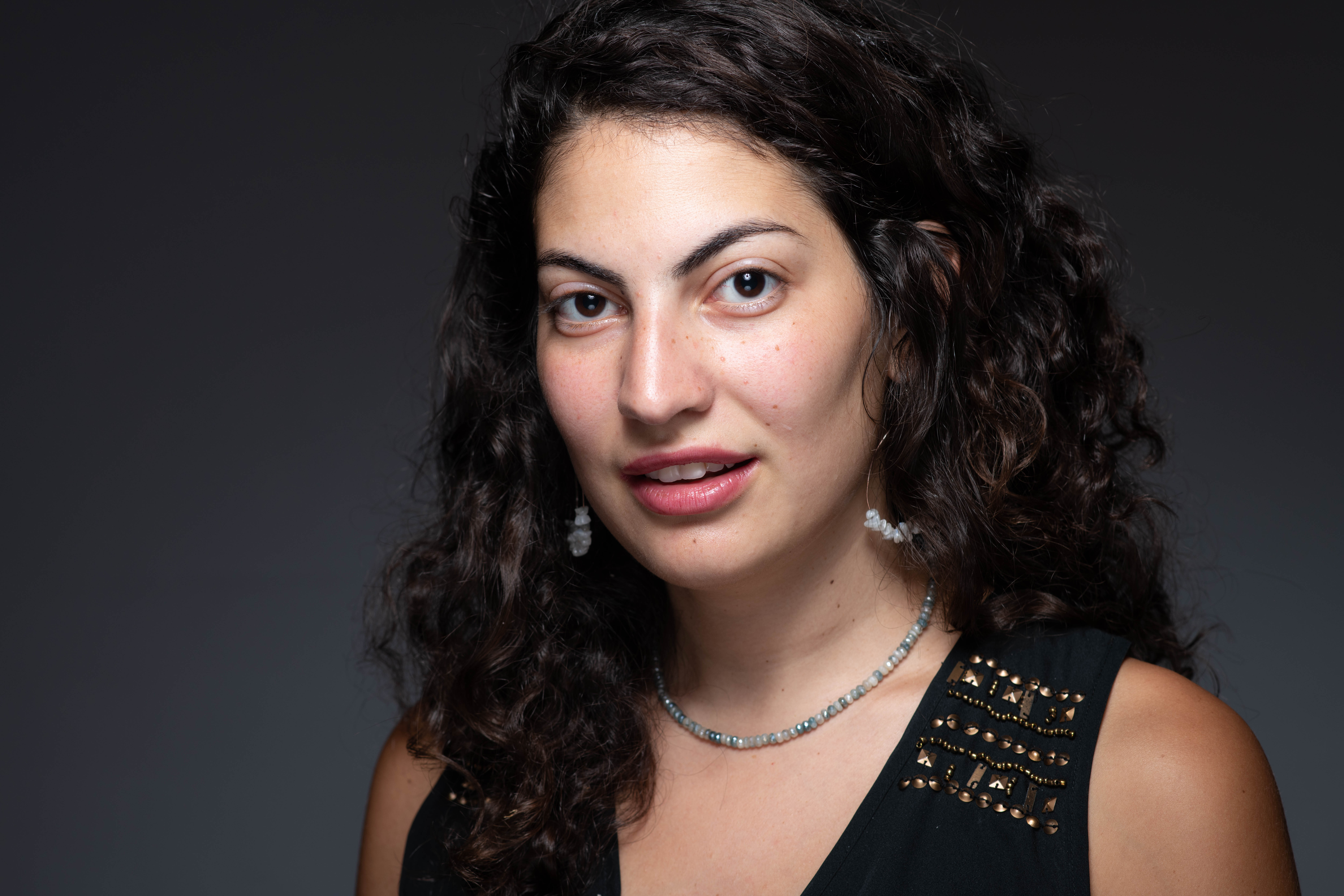 Hadar Cohen is a feminist multi-media artist, healer and educator originally from Jerusalem. Her Mizrahi Jewish roots influence her approach to justice, healing, and spirituality. Hadar is the founder of Feminism All Night, a project that designs communal immersive learning experiences about feminism, and is the creator of Jerusalem In Exile, a psychosomatic film on the political and spiritual reality of Jerusalem. Hadar writes a new moon newsletter on the wisdom of Jewish time called “in loving faith”. She teaches Jewish scripture and embodied practices through various platforms, including At The Well. Her artistic mediums include performance, movement, writing, weaving, sound and ritual. Hadar is currently a fellow at Abrahamic House, a multi-faith incubator for social change based in Los Angeles. You can check out more of her work at hadarcohen.me.
Hadar Cohen is a feminist multi-media artist, healer and educator originally from Jerusalem. Her Mizrahi Jewish roots influence her approach to justice, healing, and spirituality. Hadar is the founder of Feminism All Night, a project that designs communal immersive learning experiences about feminism, and is the creator of Jerusalem In Exile, a psychosomatic film on the political and spiritual reality of Jerusalem. Hadar writes a new moon newsletter on the wisdom of Jewish time called “in loving faith”. She teaches Jewish scripture and embodied practices through various platforms, including At The Well. Her artistic mediums include performance, movement, writing, weaving, sound and ritual. Hadar is currently a fellow at Abrahamic House, a multi-faith incubator for social change based in Los Angeles. You can check out more of her work at hadarcohen.me.

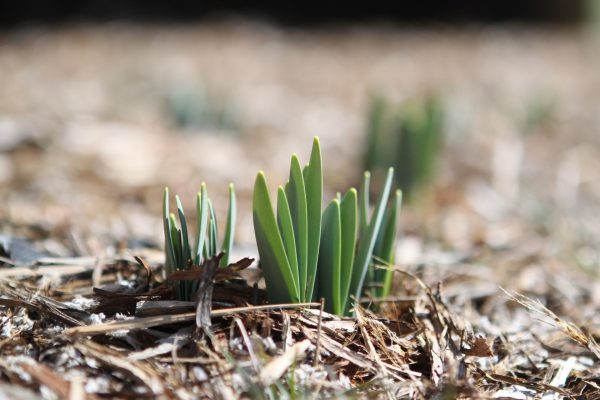
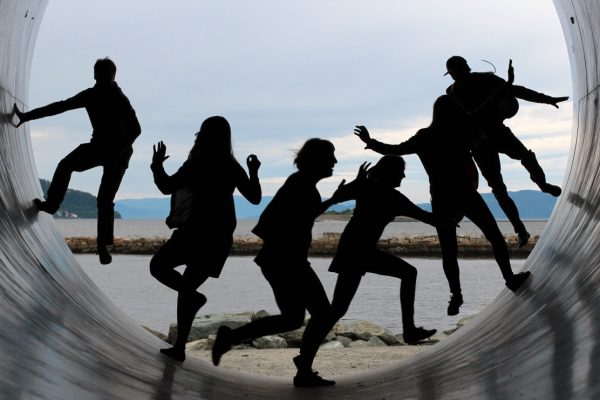
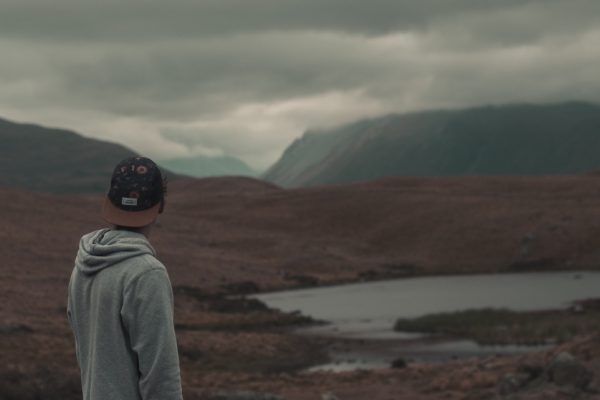







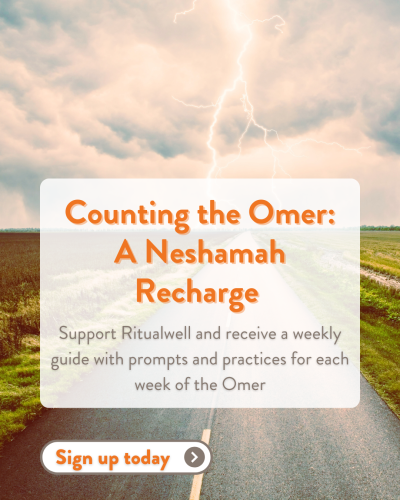

4 Responses
I love this! I really wish I could appreciate god more by showing personal and deep admiration at the Devine. I don’t think I feel like I do that when I do bend during prayer. It would be cool if it could make a comeback cause I’d love Jewish prayer rugs.
Thank you for sharing this! I did not appreciate before what really was meant by face on the ground. I know I have overlooked its significance especially to submit to our God rather than just asking for favor in casual prayer. This is a wonderful visualization. Thank you again! Also the rug is lovely.
This wonderful video proves that there is little or no difference between Muslim and Judaic prayers. God’s religion is one, and it is the same “submission to God only”.
I love this, I practice it too, thanks for sharing, and thanks for being feminist.